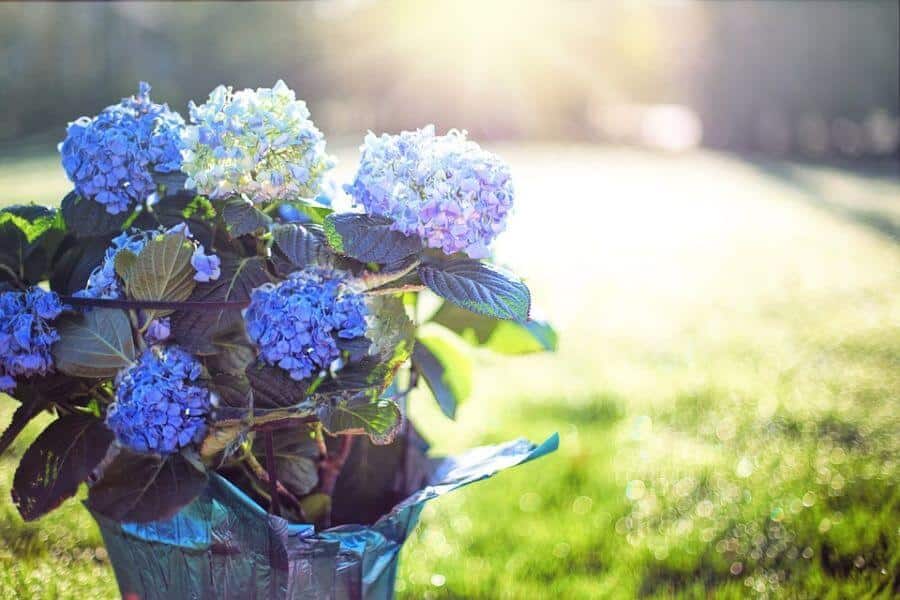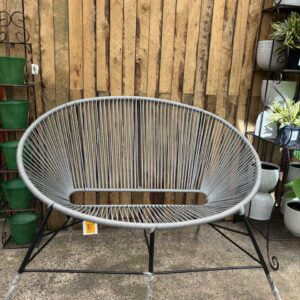Crack the hydrangea colour code
DIY and how-to

Crack the Hydrangea colour code
Coaxing your hydrangeas to produce masses of blue (rather than pink) flowers may seem an impossible task, but it’s actually very simple. Here’s what you need to know:
The colour of your hydrangea flowers is determined by three factors
- The acidity of the soil: If you’re aiming for blue hydrangea flowers, you should ensure that the pH of your soil is between 6 and 5.5. Start out by testing the pH of your natural garden soil by using a soil probe and testing kit (available at all five Stodels branches). Then, if necessary, increase the soil’s acidity by adding acid compost or peat to the soil. You can also try mulching with pine needles or bark, oak leaves or peat. Lastly, try to water the soil concerned with stored rainwater, as municipal water tends to be rather alkaline.
- The presence of aluminium: Aluminium helps to produce the desired blue colour in hydrangea colours. However, aluminium is insoluble in alkaline soils, so it cannot be absorbed under these conditions. This is why it is crucial to ensure that the pH of your soil is correct (see above). You can also add aluminium to your soil by feeding hydrangea plants with an aluminium sulphate solution (dilute 2g in every 1 litre of water used).
- The fertiliser used: For maximum blue colour, use a fertiliser high in potassium, like 3:1:5, when the flower buds are developing.
You might also like
Shop online
-
HAMSTER WHEEL
- R79.99
- Add to cart Learn More
-
LOUNGER POD 92X68.5X87CM
- R1,764.99
- Add to cart Learn More
-
2 SEATER POD LOUNGER STRING
- R3,779.99
- Select options This product has multiple variants. The options may be chosen on the product page Learn More




